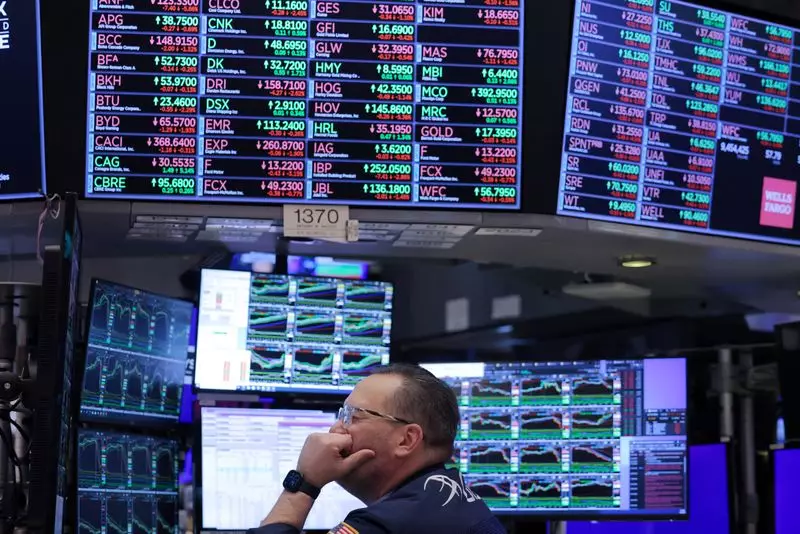The article discusses the upcoming central bank meetings of the Federal Reserve, the Bank of England, and the Bank of Japan. It mentions that the Federal Reserve is expected to keep its benchmark interest rate steady at the current range but hints at a possible rate cut in September due to signs of cooling prices. The Bank of Japan is amidst speculation about a rate hike despite economic fragility, while the Bank of England faces uncertainty about its decision for a rate cut, balancing between inflation and weak growth.
The article highlights key tech companies such as Microsoft, Meta, Apple, and Amazon set to report earnings. It specifically focuses on Apple’s delay in implementing its AI features, known as Apple Intelligence, into its flagship devices. The company’s AI plans are expected to be part of software updates in October, missing the initial September release. This delay comes as Apple aims to boost sales and offset slowing iPhone demand with AI-powered features.
The article also touches on European corporate earnings, mentioning examples like Heineken, Philips, and Pearson. Heineken experienced a drop in share value after missing half-year estimates but raised its profit guidance for the year. On the other hand, Philips saw a stock rise due to better-than-expected second-quarter results, while Pearson faced a decline in stock value despite being on track to meet full-year expectations.
Lastly, the article discusses the rise in crude prices due to concerns about escalating conflict in the Middle East. A rocket strike in the Israeli-occupied Golan Heights led to an increase in crude futures, with tensions rising between Israel and Hezbollah. The conflict has potential implications for global oil supply, impacting prices in the market.
As investors await major central bank decisions and tech earnings reports, the focus is on potential shifts in monetary policy and financial performance. The Fed’s upcoming meeting sparks interest, with expectations of a rate cut looming in September. The Bank of Japan’s rate hike speculation amidst a weak economy adds uncertainty to the global market outlook. Similarly, the Bank of England’s decision on a potential rate cut reflects the balancing act between inflation concerns and sluggish growth.
On the tech front, anticipation surrounds key tech companies’ earnings announcements, particularly for giants like Microsoft, Meta, Apple, and Amazon. Apple’s delay in integrating AI features into its devices sheds light on the company’s strategy to revive sales amid competitive pressures. The reliance on AI innovation to drive consumer interest underscores the changing landscape of technology and its impact on market dynamics.
The European corporate earnings landscape presents a mixed picture, with companies like Heineken and Philips experiencing contrasting fortunes. Heineken’s setback in missing estimates is offset by a positive profit guidance revision, signaling resilience amidst challenges. In contrast, Philips’ stock rise reflects successful restructuring efforts and product performance, highlighting the value of strategic initiatives in driving financial outcomes. Pearson’s decline despite meeting expectations emphasizes the nuanced nature of investor sentiment and market responses to corporate performance.
The escalating conflict in the Middle East adds another layer of complexity to global market dynamics, particularly impacting crude prices. The geopolitical tensions stemming from the Israel-Hezbollah conflict raise concerns about oil supply disruptions, amplifying volatility in energy markets. The interconnected nature of geopolitical events and financial markets underscores the importance of monitoring external factors in assessing investment risks and opportunities.
The convergence of central bank meetings, tech earnings, European corporate results, and geopolitical developments underscores the multifaceted nature of global financial markets. Investor sentiment and market trends are shaped by a complex interplay of economic indicators, corporate performance, technological innovation, and geopolitical risks. Navigating this dynamic landscape requires a keen understanding of market dynamics, risk factors, and strategic insights to capitalize on emerging opportunities and mitigate potential threats.

